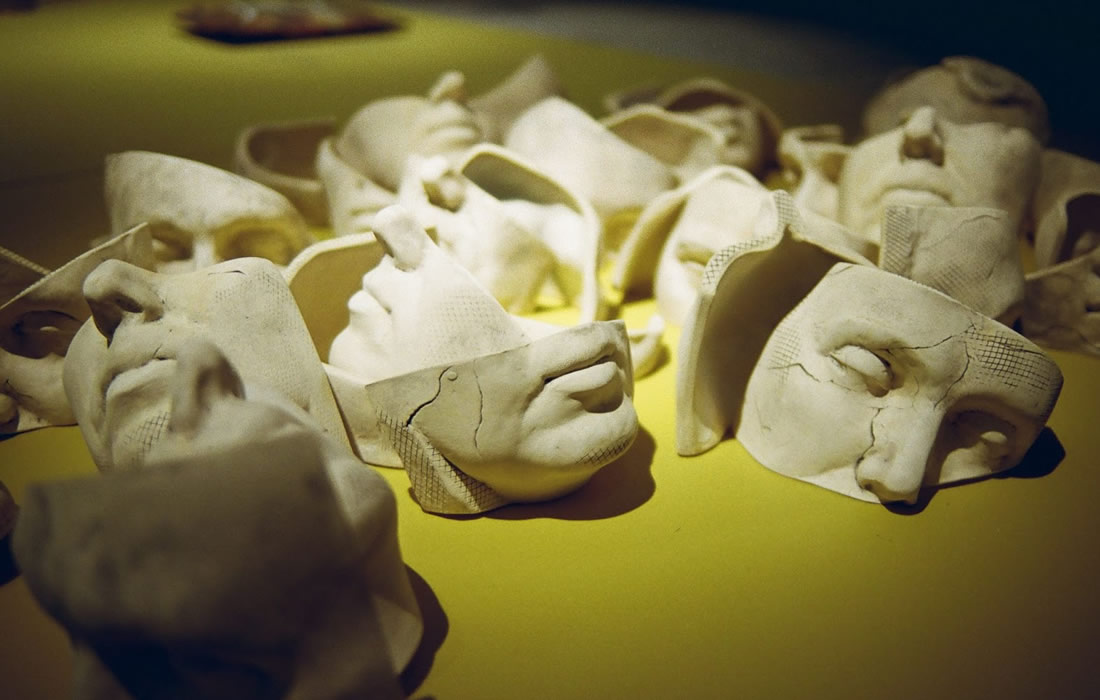Regenerative Medicine News and General Information
Advanced Diagnosis and Therapies for Borderline Personality Disorder
Researchers discovered that the rostro-medial prefrontal specifically becomes more active when people are rejected by others at greater rates. However, individuals with BPD (characterized by interpersonal sensitivity to rejection and emotional instability) do not display rostro-medial prefrontal cortex activity when rejected.
The brain reacts with rostro-medial prefrontal activity to rejection as if there is something “wrong” in the environment. This brain activity may activate an attempt to try to restore and maintain close social ties to survive and thrive. This region of the brain also is activated when humans try to understand other peoples’ behavior in light of their mental and emotional state.
“Inactivity in the rostro-medial prefrontal cortex during rejection may explain why those with BPD are more sensitive and more distressed by rejection. Understanding why individuals with this debilitating and high risk disorder experience emotional distress to rejection goes awry will help us develop more targeted therapies for BPD,” said Fertuck, associate professor in CCNY’s Colin Powell School for Civic and Global Leadership.
Research continues with several investigations underway examining the role of social rejection in different mental health problems including post-traumatic stress disorder, depression, and social anxiety.
Sources:
Eric A. Fertuck, Barbara Stanley, Olena Kleshchova, J. John Mann, Joy Hirsch, Kevin Ochsner, Paul Pilkonis, Jeff Erbe, Jack Grinband. Rejection Distress Suppresses Medial Prefrontal Cortex in Borderline Personality Disorder. Biological Psychiatry: Cognitive Neuroscience and Neuroimaging, 2023; 8 (6): 651 DOI: 10.1016/j.bpsc.2022.11.006
City College of New York. “Neural signature for borderline personality disorder identified.” ScienceDaily. ScienceDaily, 27 June 2023. <www.sciencedaily.com/releases/2023/06/230627191521.htm>.
Images from:
Photo by Rach Teo
https://unsplash.com/photos/2BzUlVUWCoo

